Understanding the dimensions and specifications of semi-trailer tires is essential for manufacturers, fleet operators, and logistics managers. Tires play a pivotal role in the performance, safety, and efficiency of any semi-trailer operation. This comprehensive guide will explore the height of semi-trailer tires, various factors influencing their dimensions, and considerations for selecting the right tires for specific applications.
Table of Contents
- Introduction to Semi-Trailer Tires
- Measuring Semi-Trailer Tire Height
- Factors Affecting Tire Height
- 3.1 Tire Type
- 3.2 Load Capacity
- 3.3 Manufacturer Variability
- Standard Tire Heights by Type
- 4.1 Low-Profile Tires
- 4.2 Medium-Profile Tires
- 4.3 High-Profile Tires
- Importance of Tire Height in Performance
- Common Tire Brands and Their Specifications
- Maintenance and Care for Trailer Tires
- Conclusion: Making Informed Choices
1. Introduction to Semi-Trailer Tires
Semi-trailer tires are vital components that bear the weight of cargo while ensuring stability and safety during transit. The tire height directly affects various performance attributes such as rolling resistance, fuel efficiency, and ride comfort. In a competitive landscape where operational efficiency is paramount, understanding tire dimensions facilitates better decision-making.
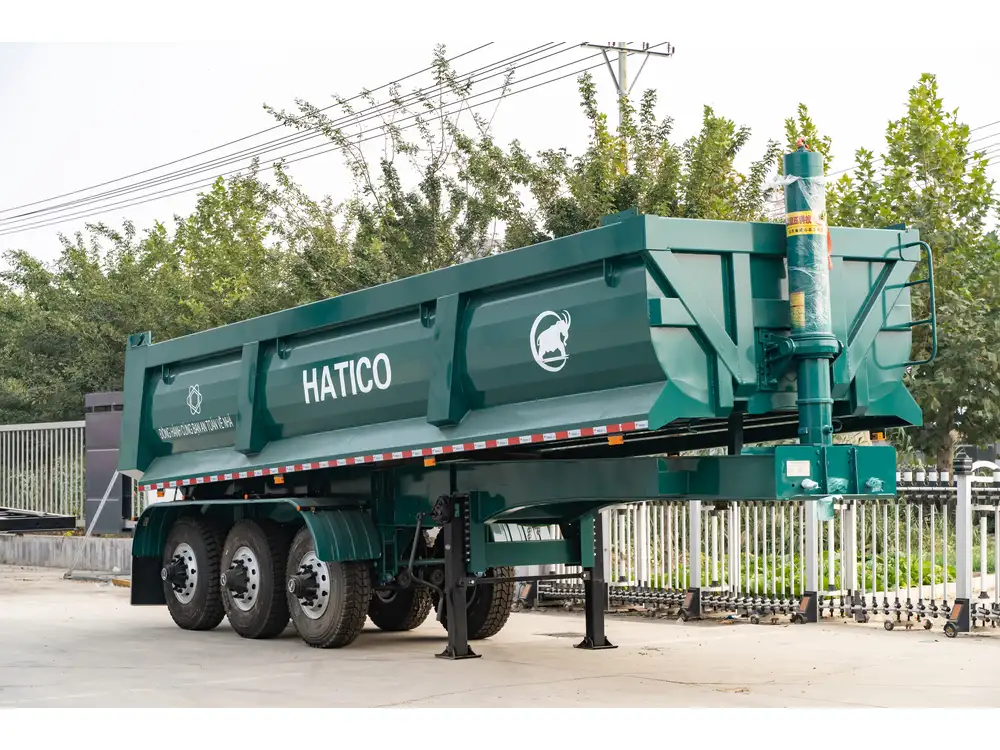
2. Measuring Semi-Trailer Tire Height
When evaluating the height of a semi-trailer tire, it’s crucial to clarify that what is typically referred to as “height” is actually the overall diameter of the tire. This measurement is taken from the bottom of the tire to the top when it is mounted and inflated to the correct pressure.
How to Measure Tire Height
- Tools Needed:
- Tape measure
- Steps:
- Park the semi-trailer on a flat, level surface.
- Ensure the tire is properly inflated.
- Measure the distance from the ground to the highest point of the tire (top of the tread).
This straightforward approach guarantees an accurate representation of the tire height, which is critical for various calculations, including suspension settings and load distribution.
3. Factors Affecting Tire Height
Tire height isn’t solely a product of technical specifications; it results from several variables. Understanding these factors can assist in selecting the right tire for precise applications.
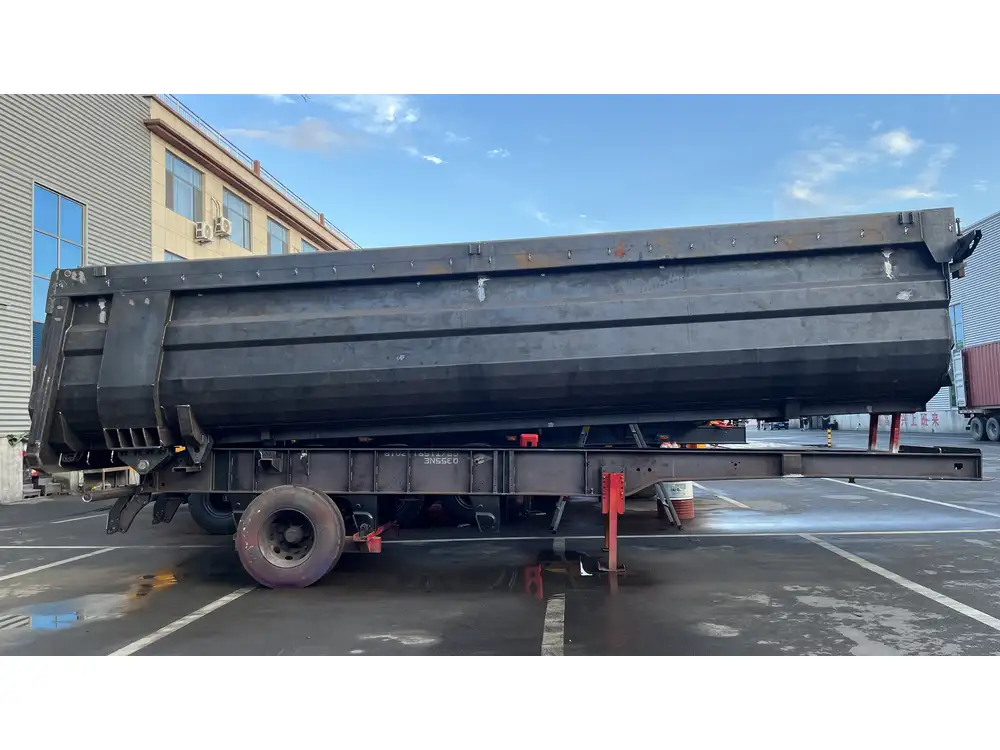
3.1 Tire Type
Different types of tires—namely steer tires, drive tires, and trailer tires—serve unique functions and have varying heights.
- Steer Tires: Designed for precise control, typically feature a height ranging from 22.5 to 24.5 inches.
- Drive Tires: Known for higher tread depth suited for traction, these tires might be a bit taller, often between 22.5 to 25 inches.
- Trailer Tires: Generally, these come in a height of about 22.5 inches to 24 inches, depending on the design.
3.2 Load Capacity
The load capacity of a tire influences its height. Tires designed for heavier loads may have increased height to accommodate additional material.
- Light Load Tires: 22 inches in diameter.
- Moderate Load Tires: Typically around 24 inches in height.
- Heavy Load Tires: Generally exceed 26 inches, making load ratings crucial to height consideration.
3.3 Manufacturer Variability
Different manufacturers have their specifications for tire heights based on their design philosophies and targeted use cases. It’s essential to consult manufacturer documentation to ensure compatibility with your semi-trailer.
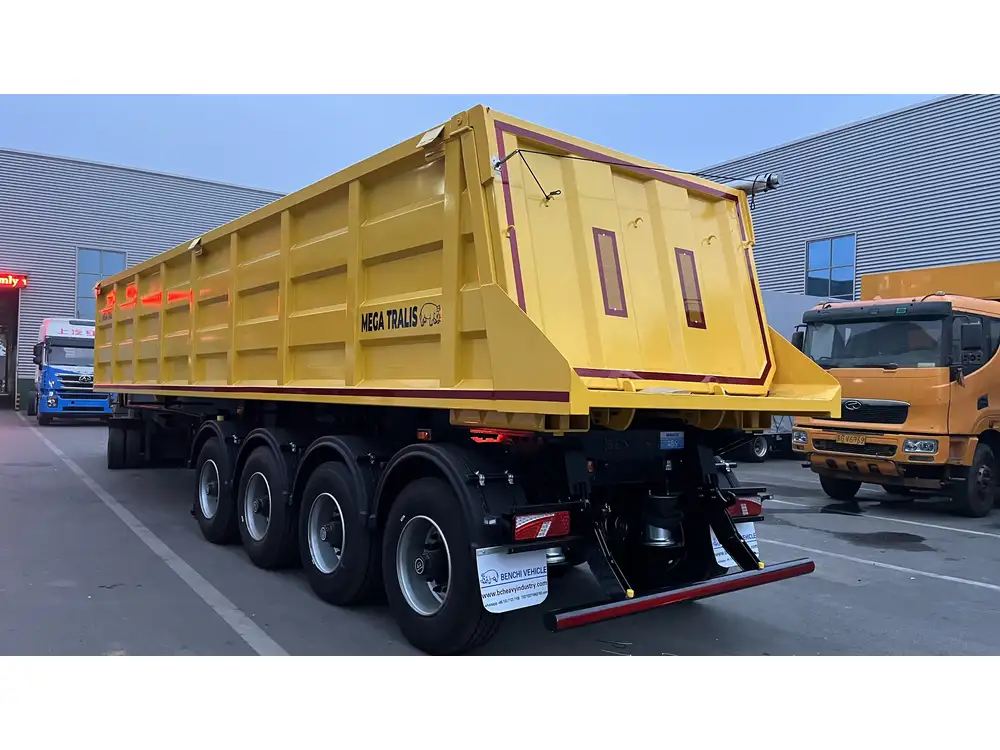
4. Standard Tire Heights by Type
To provide a clearer perspective, here is a table summarizing the typical tire heights based on various types of semi-trailer tires:
| Tire Type | Standard Height (inches) | Usage |
|---|---|---|
| Low-Profile | 22 – 22.5 | Light loads; improved aerodynamics |
| Medium-Profile | 24 – 25 | General freight; good balance of load and height |
| High-Profile | 26 – 28 | Heavy loads; enhanced durability |
5. Importance of Tire Height in Performance
The height of semi-trailer tires has significant implications for vehicle dynamics, including:
- Fuel Efficiency: Taller tires can reduce rolling resistance, positively impacting fuel consumption.
- Stability and Control: The right height aids in achieving optimal center of gravity, ensuring better handling, especially on curves and inclines.
- Ride Comfort: Taller tires can absorb shock better, contributing to a smoother ride for both cargo and the chassis.
6. Common Tire Brands and Their Specifications
Several reputable manufacturers produce semi-trailer tires, each with distinct specifications that cater to various needs. Below are some examples of common brands and their associated specifications.
| Brand | Tire Model | Height (inches) | Load Rating |
|---|---|---|---|
| Michelin | XZA3 | 22.5 | G (5500 lbs) |
| Goodyear | G396 | 22.5 | G (5500 lbs) |
| Bridgestone | M854 | 24 | F (4700 lbs) |
| Continental | HDR2 | 22.5 | G (5500 lbs) |
Choosing the right brand and model is pivotal to maintaining a safe and efficient fleet.
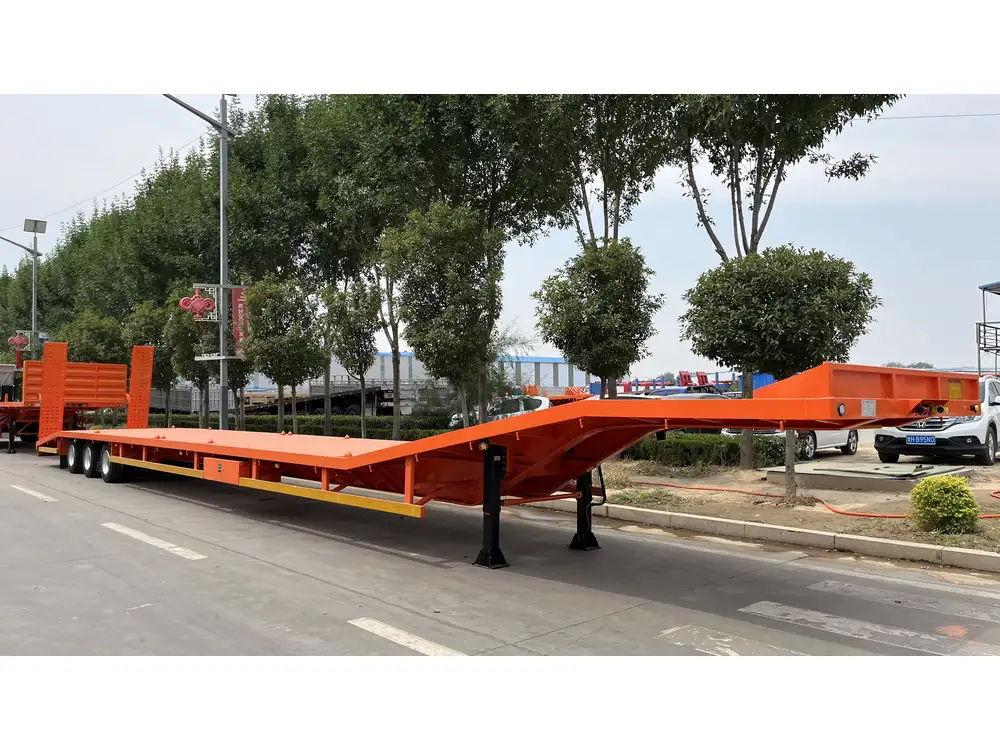
7. Maintenance and Care for Trailer Tires
Maintaining tire height in optimal condition involves regular checks and proactive care strategies. Here are some essential practices:
7.1 Regular Inspections
Perform periodic visual inspections for signs of wear, cracks, or irregularities. Ensuring that the tire height remains consistent helps avoid potential accidents.
7.2 Proper Inflation
Regularly check and adjust tire pressure according to manufacturer specifications. Under-inflated tires can lead to excessive wear, while over-inflated tires may compromise safety.
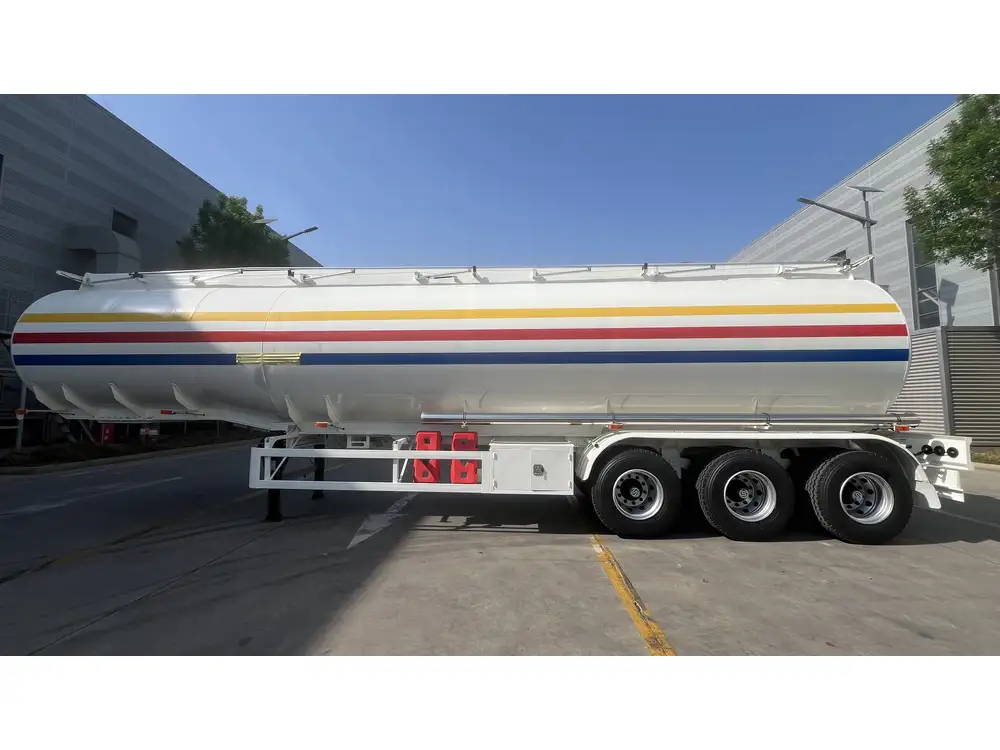
7.3 Rotation and Alignment
Tire rotation extends the lifetime of semi-trailer tires. Additionally, alignments should be performed regularly to prevent uneven wear that may affect tire height.
7.4 Monitoring Load Distribution
Understanding how weight is distributed across the trailer can prevent excessive strain on certain tires, which can result in uneven wear and changes in tire height.
8. Conclusion: Making Informed Choices
Understanding how tall a semi-trailer tire is involves recognizing the complexities of tire selection, specifications, and maintenance. With a typical range between 22 to 28 inches, making the right choice for your semi-trailer depends on multiple factors including load requirements, tire type, and performance goals. Regular maintenance and proactive monitoring will not only retain tire height but also enhance safety, durability, and efficiency in operations. Knowledge empowers better decisions; thus, ensuring that each semi-trailer is equipped with appropriately sized tires can translate to significant operational advantages, improved safety, and reduced costs in the long run.
By keeping these considerations in mind, manufacturers and fleet operators can better navigate the world of semi-trailer tires, leading to improved outcomes across logistical endeavors.



